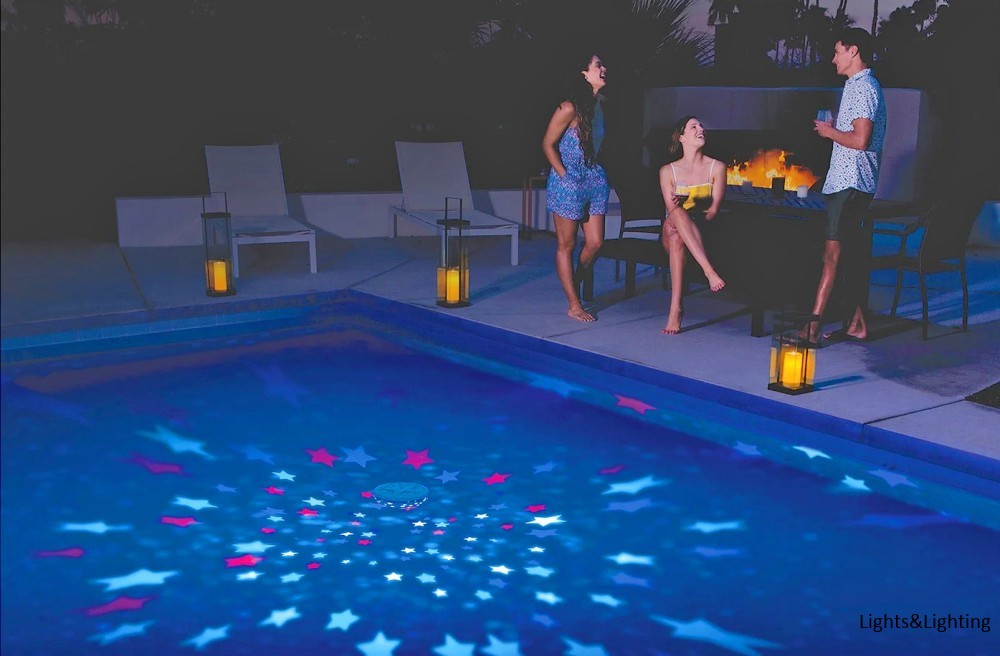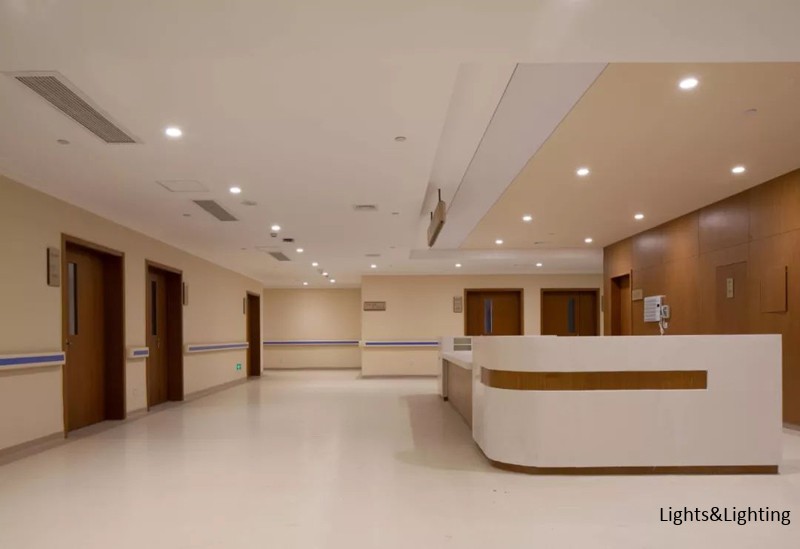Pixel Loss of Control Ratio
Pixel out-of-control rate is the percentage of the smallest imaging unit (pixel) of the display that is not working properly (out of control). There are two modes of pixel out-of-control: one is the blind spot, that is, the blind spot, which is not lit when it needs to be lit, called the blind spot; the other is the constant bright spot, which is always lit when it needs to be not lit, called the constant bright spot. Generally speaking, the pixel is composed of 2R1G1B (2 red lights, 1 green light and 1 blue light, same as below), 1R1G1B, 2R1G, 3R6G, etc. The loss of control is generally not the same pixel in which all the red, green and blue lights are out of control at the same time, but as long as one of the lights is out of control, we think that the pixel is out of control. For the sake of simplicity, we LED display (LED Displays) by the base color (i.e. red, green, blue) were out of control pixel statistics and calculations, take the maximum value of which as the display pixel out of control rate.
The ratio of the number of out-of-control pixels to the total number of pixels on the whole screen is called the "whole screen pixel out-of-control rate". In addition, in order to avoid the loss of pixels concentrated in a certain area, we propose "regional pixel loss rate", that is, in the 100 × 100 pixel area, the loss of the number of pixels to the total number of pixels in the area (that is, 10000) ratio. This indicator quantifies the requirement of "discrete distribution of out-of-control pixels" in SJ/T11141-2003, which is convenient and intuitive.
At present, the domestic LED display in the factory will be aging (baking machine), the runaway pixel LED lights will be repaired and replaced, "the whole screen pixel runaway rate" control within 1/104, "regional pixel runaway rate" control within 3/104 It is no problem, and even some individual manufacturers' corporate standards require that no runaway pixels are allowed before leaving the factory, but this will inevitably increase the manufacturer's manufacturing and maintenance costs and extend shipping time. In different applications, the actual requirements of the pixel runaway rate can vary greatly, in general, LED display for video playback, the index requirements control within 1/104 is acceptable and achievable; if used for simple character information release, the index requirements control within 12/104 is reasonable
Grayscale level
Grayscale, also known as color scale or gray scale, refers to the degree of lightness and darkness. For digital display technology, grayscale is the determining factor of the number of colors displayed. Generally speaking, the higher the gray level, the richer the colors displayed, the more detailed the picture is, and the easier it is to show rich details.
The grayscale level mainly depends on the number of A/D conversion bits of the system. Of course, the system's video processing chip, memory and transmission system to provide the corresponding bit support to do. At present, the domestic LED display (LED Displays) mainly uses 8-bit processing system, that is, 256 (28) levels of gray. The simple understanding is that there are 256 kinds of brightness variations from black to white. Using RGB three primary colors can constitute 256 × 256 × 256 = 16777216 kinds of colors. That is, the commonly referred to 16 trillion colors. International brand displays mainly use 10-bit processing system, that is, 1024 levels of gray, RGB three primary colors can constitute 1.07 billion colors.
Although the grayscale is the deciding factor to determine the number of colors, but it is not to say that the larger the unlimited the better. Because first of all, the resolution of the human eye is limited, and then the system processing bit increase will involve the system video processing, storage, transmission, scanning and other changes in various aspects, the cost has increased sharply, but the cost performance declined. In general, civilian or commercial-grade products can be used 8-bit system, broadcast-grade products can be used 10-bit system.
Luminance discrimination level
Brightness discrimination level refers to the brightness level between the blackest and whitest images that can be distinguished by the human eye. Some of the grayscale levels of the display mentioned earlier are very high, and can reach 256 or even 1024 levels. However, due to the limited sensitivity of the human eye to brightness, it is not possible to fully recognize these gray levels. That is to say, there may be many adjacent levels of grayscale human eye looks the same. And the eye's ability to discriminate varies from person to person. For the display, the more levels the human eye can recognize, the better, because the displayed image is for people to see after all. The more luminance levels the human eye can distinguish means the larger the color space of the display, and the greater the potential for displaying rich colors. The brightness discrimination level can be tested with special software, generally the display can reach more than 20 levels even if it is a better level.
Grayscale non-linear transformation
Grayscale nonlinear transformation refers to the transformation of grayscale data in accordance with empirical data or some arithmetic nonlinear relationship before providing the display. Since LED is a linear device, it is different from the non-linear display characteristics of traditional displays. In order to make the LED display effect can be in line with the traditional data source at the same time do not lose gray level, generally in the LED display system after the level will do a nonlinear transformation of gray data, the number of data bits will increase after the transformation (to ensure that no loss of gray data). Now some domestic control system suppliers so-called 4096 grayscale or 16384 grayscale or higher refers to the size of the gray space after nonlinear transformation. 4096 level is the use of 8-bit source to 12-bit space nonlinear transformation technology, 16384 level is the use of 8-bit to 16-bit nonlinear transformation technology. If the nonlinear transformation is done by an 8-bit source, the converted space is definitely larger than the 8-bit source. Generally, it is at least 10 bits. As with grayscale, this parameter is not as large as it should be. 12 bits is generally enough to do the transformation.







 Instant Messaging
Instant Messaging